Macro Photo: Discover the Art of Close-Up Photography
Introduction
Macro photography, or macro photography, is a fascinating photographic technique that allows you to capture details invisible to the naked eye. Whether it's to immortalize the complexity of insects, the texture of plants or the patterns of everyday objects, macro photography offers a unique look at the world around us. In this article, we guide you through the essential techniques, the necessary equipment and practical tips for successful close-up photos. And for those who want to beautify their interior with macro images, discover our exclusive collection on La Boutique du Poster .
What is Macro Photography?
Macro photography is the practice of taking extreme close-up photographs, often at a reproduction ratio of 1:1 or greater, where the subject appears life-size or larger on the camera sensor. This helps reveal details and textures invisible to the naked eye, offering a new perspective on ordinary subjects.
Essential Equipment for Macro Photography
1. Camera
A digital SLR (DSLR) or mirrorless camera is ideal for macro photography because of their ability to change lenses and offer full manual control.
2. Macro Lens
The macro lens is the most crucial part of your equipment. It is specially designed for close-up focusing and offers a reproduction ratio of 1:1. Popular focal lengths for macro lenses are 50mm, 100mm and 180mm.
3. Tripod
A stable tripod is essential to avoid camera shake, especially when working with high magnifications and long exposure times.
4. Macro Flash
A ring flash or LED lights specifically designed for macro photography can provide even lighting and eliminate unwanted shadows.
5. Miscellaneous Accessories
Focusing rails, shutter release remotes, and reflectors can also be useful to improve the quality of your macro photos.
Basic Techniques in Macro Photography
1. Precise Focus
Manual focus is often best in macro photography to ensure perfect sharpness on the main subject. Use your camera's Live View mode for precise control.
2. Depth of Field
The depth of field in macro photography is very small. Use a small aperture (high f/number) to increase the depth of field, but be aware that this will require more light or longer exposure times.
3. Lighting
Good lighting is crucial. Use macro flashes, LED lights, or diffused natural light to evenly illuminate your subject without creating highlights or harsh shadows.
4. Composition
Composition is equally important in macro photography. Use the rule of thirds, leading lines, and creative framing to make your photos interesting and dynamic.
Practical Tips for Success in Macro Photography
1. Be Patient
Macro photography requires patience. Take the time to adjust your focus and lighting to get the best possible image.
2. Use a Tripod
A stable tripod is essential to avoid camera shake. It also allows you to maintain a steady composition while you adjust other settings.
3. Experiment with Angles
Don't be afraid to experiment with different angles and perspectives. This can reveal unexpected details and make your photos more interesting.
4. Work in Series
Take multiple photos of the same subject, slightly adjusting the focus, angle, or lighting. This will give you more options when editing.
5. Post-Processing
Post-processing can dramatically improve your macro photos. Use software like Adobe Lightroom or Photoshop to adjust sharpness, contrast, and colors.
Inspiration and Ideas for Macro Photography Subjects
1. Insects
Insects are fascinating subjects in macro photography. Their intricate details and vibrant colors can create stunning images.
2. Plants and Flowers
Capture the beauty of plants and flowers, from delicate petals to leaf textures. Dewdrops on a leaf can also be a beautiful subject.
3. Everyday Objects
Everyday objects, like jewelry, watches, or even food, can reveal surprising details when viewed close-up.
4. Textures and Patterns
Look for interesting textures like wood, stone, metal or fabrics. Repeating patterns or complex structures are also good subjects.
Conclusion
Macro photography is an exciting discipline that allows you to experience the world from a new perspective. With the right equipment and technique, you can capture impressive images that reveal hidden details. For those looking to incorporate the beauty of macro photography into their interior design, check out our collection of macro posters on The Poster Shop .
FAQs
What is macro photography? Macro photography is a technique that allows you to capture images in extreme close-up, revealing details and textures invisible to the naked eye.
What equipment is needed for macro photography? Essential equipment includes a mirrorless or SLR camera, a macro lens, a tripod, a macro flash, and various accessories such as focusing rails and shutter release remotes.
How can I improve the sharpness of my macro photos? Use manual focus, a stable tripod, and good lighting. Take time to adjust your focus and experiment with small apertures to increase depth of field.
What are the best subjects for macro photography? Insects, plants and flowers, everyday objects, and interesting textures are great subjects for macro photography.
Where can I find macro posters for my interior decoration? You can find an exclusive selection of macro posters on La Boutique du Poster , perfect for adding an artistic touch to your interior.


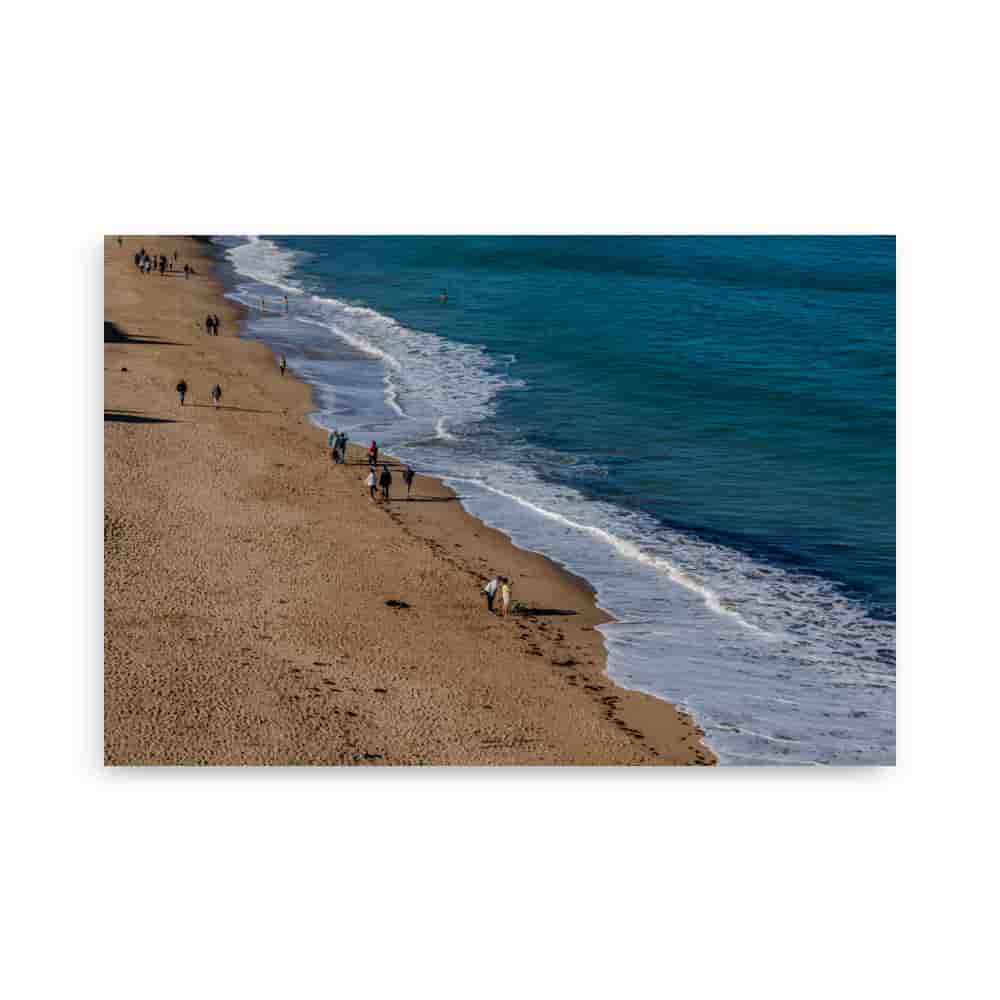
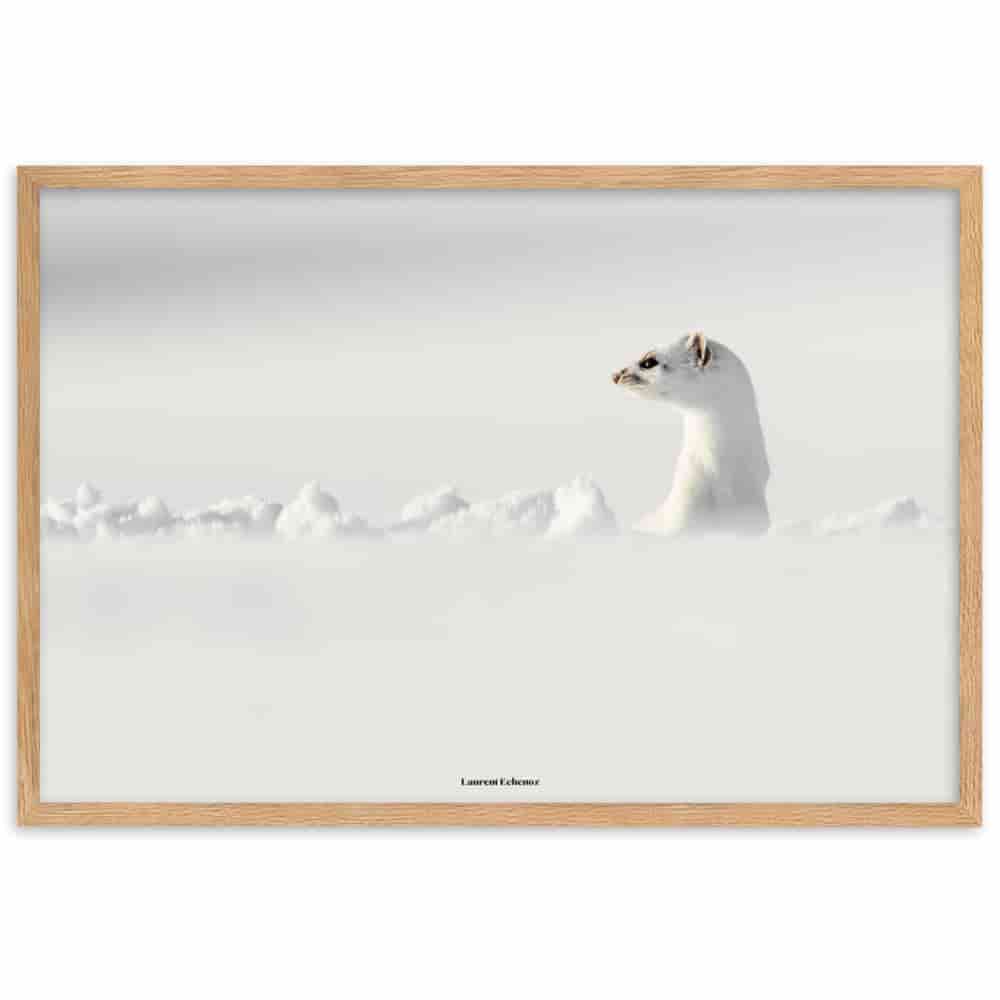
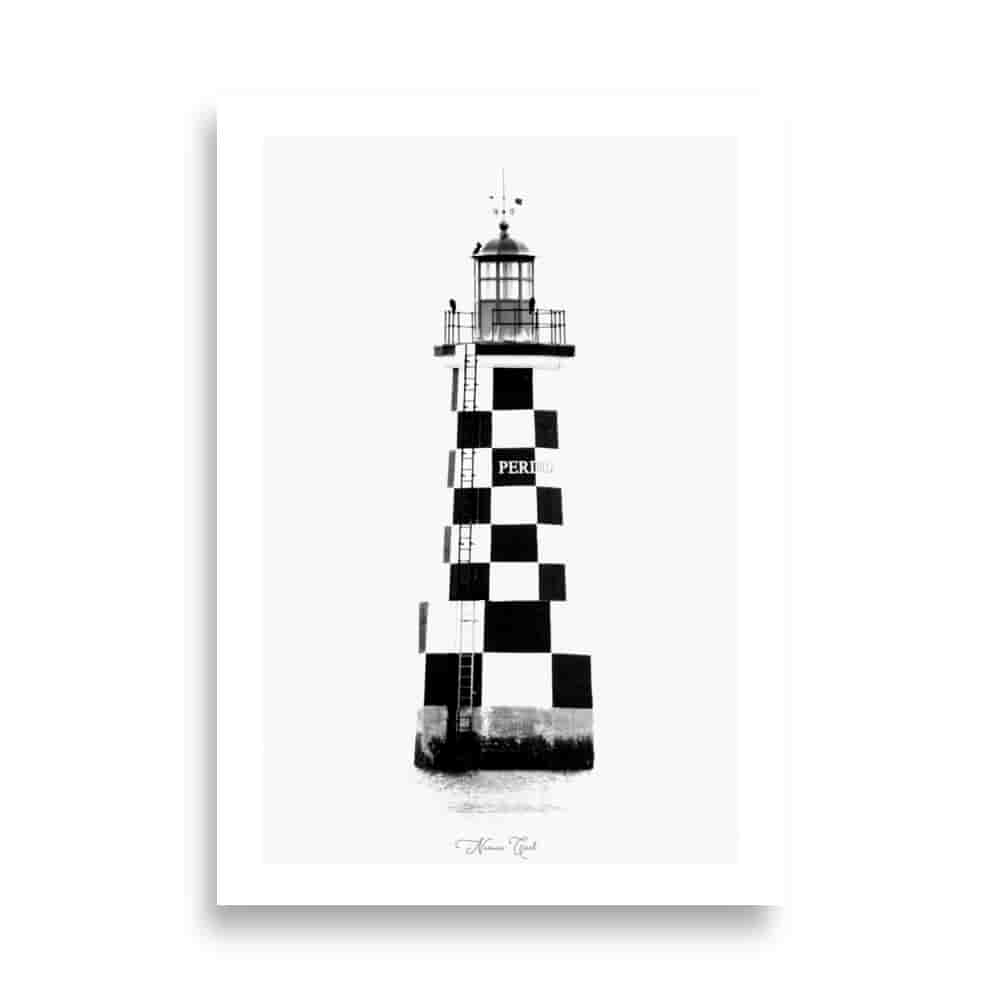
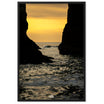






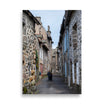




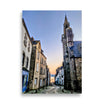


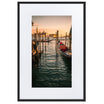










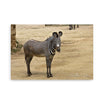


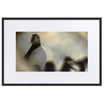



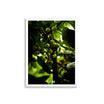


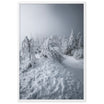


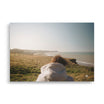
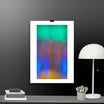




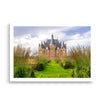

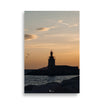


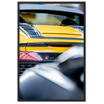

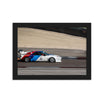
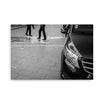
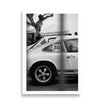
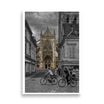





Leave a comment
All comments are moderated before being published.
This site is protected by hCaptcha and the hCaptcha Privacy Policy and Terms of Service apply.